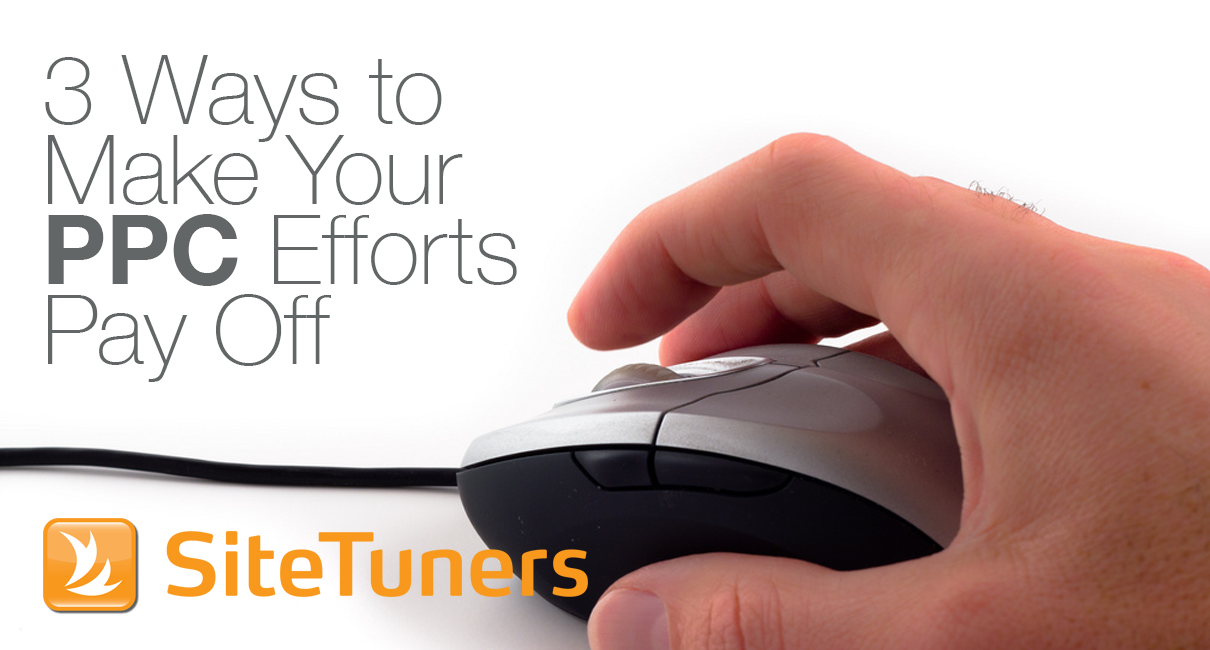
Shane shares that they’ve found that optimizing the landing page and the conversion process can make the difference of successfully buying certain keywords. SiteTuners CEO Tim Ash agrees that efficient landing pages enable you to afford higher positions, and thus give you an edge over your competitors.
In an episode of PPC Playbook, Maria and Shane pick Tim Ash’s brain on common conversion issues, alternate calls-to-action (CTA) for upstream visitors, and effective direct response page design.
Matching the Visitor’s Intent
Siloing between those in charge of PPC and those who take care of conversion rate optimization (CRO), Tim says, is one of the biggest problems at the interface of traffic and conversion, as this results to a disconnect between the ad and the page.
It’s critical to match the upstream intent and what you promise in your ad with the main focus on the landing page. You can’t, for example, present a special offer in the ad, and then have it buried in the fine print of the landing page. The offer has to be title, and the page has to be all about it.
Warming Up Upstream Visitors
Pages having bottom-of-the-funnel asks, such as a lead form fill or a purchase, is another common problem. Tim stresses that there should be something for those who are in the early stages of the customer journey, and that visitors should be able to self-select where they are in the process.
A company that offers teaching English or certification courses, for example, needs to present three things side-by-side on their page:
- A downloadable e-Book (e.g. Is teaching English abroad right for me?)
- What’s the process of getting certified?
- About Our Course
How you present the information is a matter of emphasis. Decide what’s important – which conversion goal is primary and which ones are secondary? Put the choices side-by-side, so users understand that’s it’s a parallel choice, and let them self-select what’s appropriate. The form might take half the page, and the other two choices might be smaller and take up a quarter of the page each.
Most marketers would be tempted to make the page all “About the course,” or “Sign up for the course.” However, most visitors aren’t deep in the sales funnel, so they’ll just go away, and you’ll get zero value out of the visit.
So, don’t think of it as a loss or a trade off versus your main CTA. If you get a download early in the process, and you market to them via e-mail marketing automation, you’re warming up those people as a lead over time and getting more value from what you spent on PPC traffic.
Shane notes that engaging the customer moves the bottomline conversion numbers and AdWords by 30%. The consumer comes in that day, doesn’t convert, but you send them an e-mail a week or two later, they’re ready to purchase, and your AdWords numbers go up because you got that customer engaged.
So, it pays to have content or downloadable assets and an e-mail follow up sequence. If you track all of that – every e-mail opened, every e-book downloaded, and all conversions that come from the e-book – subsequently, you can do direct attribution. Tim points out that the ROI is usually more than 30% – it can double, triple, or even quadruple if you use proper upstream marketing tactics.
Designing an Effective Direct Response Page
A direct response page must have three elements:
- A clear page headline: tells the visitor what the page is about (or the whole website if it’s the homepage).
- A form with its own action block sub-headline: tells the user what’s going to happen if they interact with the form.
- A CTA button: answers the question of what happens next if the button is clicked. The text should ideally complete the phrase “I want to …” from the visitor’s perspective.
For example, for a travel website, you might have:
Headline: “Low-priced hotels in the Nashville Area”
Form: “Check hotel availability
CTA button: “See matching hotels.”
With these three things, visitors will understand the hierarchy of the page, as it goes from general to specific. So these should really jump out at the user on a page – everything else should be deprecated, simplified, and made benign and boring. On quick inspection, it should be clear what the page is about, what’s the form about, what happens when the button is clicked.
Maria observes that these three things answer:
- What is this?
- How can I benefit from this?
- How do I get this now?
All three elements are typically present on most pages. The problem, according to Tim, is if you read the headline first, the form headline second, and the button last, they’re not connected at all – they conceptually don’t line up.
Sometimes the headline’s embedded in a graphic on the side of the page, and the form’s to the right. The elements need to be a single vertical flow – a big spanning headline at the top, form below it, and a button inside the form. This way users are conceptually reading down the page.

